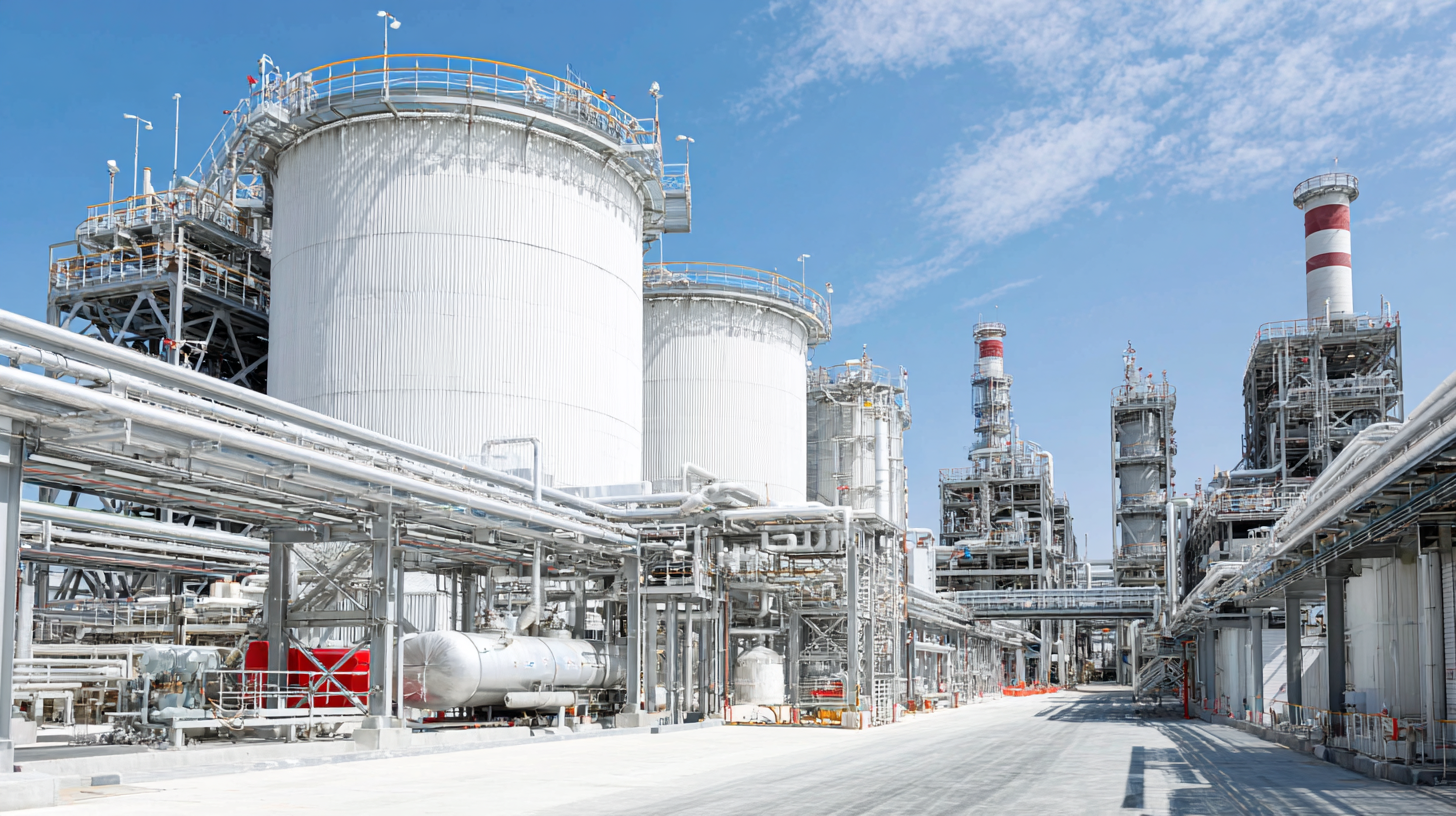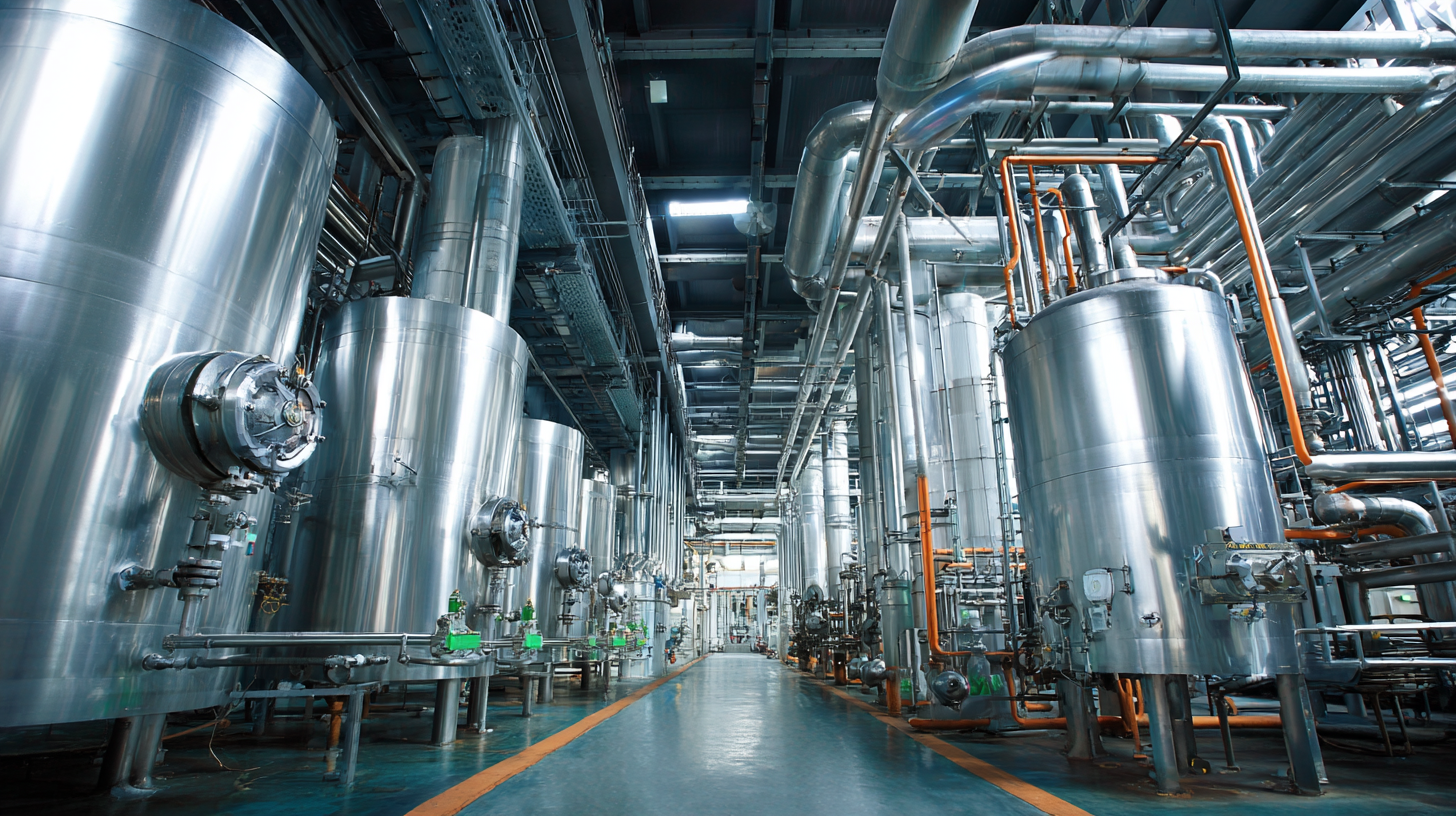Understanding Industry Standards for Best Propylene Glycol Production and How to Choose the Right Grade
In the dynamic landscape of chemical manufacturing, Propylene Glycol stands out as a versatile compound with diverse applications ranging from food and pharmaceuticals to cosmetics and industrial products. According to a recent market report by Grand View Research, the global Propylene Glycol market size was valued at approximately USD 3.6 billion in 2022 and is projected to expand at a compound annual growth rate (CAGR) of 4.5% from 2023 to 2030. As industries demand higher quality and purity levels, understanding the various industry standards for Propylene Glycol production becomes paramount. This ultimate guide will delve into the essential criteria for selecting the right grade of Propylene Glycol to meet specific application needs, ensuring compliance with health and safety regulations while maximizing product efficacy. Whether you are a manufacturer, supplier, or end-user, comprehending these standards is key to staying competitive in an evolving marketplace.

Best Practices for Ensuring High-Quality Propylene Glycol Production Standards
In the competitive landscape of propylene glycol production, adhering to industry standards is paramount for ensuring high-quality outcomes. Accurate control over production parameters, including temperature, pressure, and feedstock purity, can impact the final product's properties. According to the American Chemical Society, maintaining a production purity of 99.5% or higher is critical for pharmaceutical-grade propylene glycol, reflecting the rigorous standards that manufacturers must meet. Regular quality assessments and compliance with the ASTM D6584 standard can further bolster confidence in product integrity.
Tip 1: Implement a robust quality management system to monitor and document all stages of production, allowing for traceability and compliance with industry benchmarks.
Best practices also dictate that manufacturers should invest in modern refining technologies to minimize impurities, as studies indicate that even minor contaminants can significantly affect product performance. For general industrial applications, ensuring that propylene glycol meets the specifications outlined in the Food Chemicals Codex (FCC) is essential. This not only guarantees safety but also enhances the product’s acceptability across various sectors.
Tip 2: Collaborate with accredited laboratories to carry out periodic testing of your propylene glycol, ensuring consistency with industry standards and gaining insights for continuous improvement.
Understanding Propylene Glycol Production Standards
Key Industry Certifications and Their Impact on Propylene Glycol Quality
When it comes to propylene glycol production, understanding the key industry certifications is crucial for ensuring high-quality output. Certifications such as NSF (National Sanitation Foundation), EP (European Pharmacopoeia), and USP (United States Pharmacopeia) signify adherence to strict standards related to purity and safety. These certifications not only ensure compliance with legal requirements but also inspire consumer confidence in the products derived from propylene glycol, as they meet the necessary health and safety regulations.
The impact of these certifications on propylene glycol quality cannot be overstated. They act as benchmarks, guiding manufacturers in maintaining consistency during production. For example, companies that adhere to ISO (International Organization for Standardization) protocols demonstrate their commitment to quality management systems. This ensures that the production processes are optimized, minimizing contamination and guaranteeing the reliability of the final product. In a market where quality and safety are paramount, selecting propylene glycol with the right certifications can significantly affect downstream applications, from food and pharmaceuticals to cosmetics and industrial uses.
Comparison of Different Propylene Glycol Grades and Their Applications
The propylene glycol market has been undergoing significant evolution, driven by varied applications across industries. According to a market research study by Custom Market Insights, the global polypropylene glycol market is projected to reach USD 6.30 billion by 2034, expanding at a 4.9% compound annual growth rate (CAGR). Similarly, the mono-propylene glycol market is expected to witness steady growth during the period from 2025 to 2035, as industries increasingly adopt this versatile glycol for its multifunctional properties.
When it comes to the different grades of propylene glycol, they cater to distinct applications. For example, industrial-grade propylene glycol finds its use in processes such as de-icing and as a solvent. In contrast, food-grade and pharmaceutical-grade propylene glycols are essential in food processing, cosmetics, and medical applications due to their high purity and safety standards. The differentiation of grades not only highlights the versatility of propylene glycol but also its critical importance in sectors ranging from healthcare to food production, making it an indispensable component of modern industry.
Understanding Industry Standards for Best Propylene Glycol Production and How to Choose the Right Grade
| Grade | Purity (%) | Application | Viscosity (cP) | Flash Point (°C) |
|---|---|---|---|---|
| Technical Grade | 99.5 | Industrial Applications | 40 | 100 |
| Food Grade | 99.5 | Food & Beverage | 47 | 109 |
| Pharmaceutical Grade | 99.8 | Pharmaceuticals | 60 | 105 |
| Cosmetic Grade | 99.5 | Cosmetics & Personal Care | 55 | 110 |
Evaluating After-Sales Services in Propylene Glycol Supplier Selection
Choosing the right propylene glycol supplier involves more than just assessing the quality of their products. Evaluating after-sales services is equally crucial as it can significantly impact your production process. A reliable supplier should offer robust support, including technical assistance and prompt responses to inquiries. This ensures that any issues can be resolved quickly, minimizing downtime and maintaining production efficiency.
Tips for evaluating after-sales services include reviewing the supplier’s response times and availability of a dedicated support team. It's also beneficial to check if they provide training or guidance on how to use their products effectively. Good communication channels can greatly enhance the collaborative relationship between you and the supplier, making it easier to navigate any challenges that arise.
Additionally, consider the supplier's history and customer feedback regarding their after-sales support. Testimonials from other clients can provide insights into the reliability and quality of service you can expect. A supplier who prioritizes customer satisfaction and maintains an ongoing dialogue will likely prove to be a valuable partner in your propylene glycol production endeavors.

Cost Analysis: Maintenance and Repair Expenses in Propylene Glycol Production
In the production of propylene glycol, cost management is paramount. A significant portion of the expenses in this industry stems from maintenance and repair activities. Regular equipment maintenance can prevent costly downtimes and extend the lifecycle of machinery. By investing in preventive maintenance, manufacturers can identify potential issues before they escalate, ensuring smooth operations and minimizing costly repairs.
Tip: Schedule routine inspections and maintenance as part of your operational protocol. This not only helps in controlling costs but also reduces emergency repair expenses.
When it comes to repair expenses, understanding the materials and components that consistently require attention can enable better budgeting. Keeping a detailed log of past repairs can provide insights into recurring issues, allowing producers to allocate resources more efficiently. Additionally, building strong relationships with equipment suppliers can result in favorable service contracts that may reduce overall repair costs.
Tip: Analyze repair data to identify trends and negotiate service agreements that include preventive measures, thereby lowering long-term repair costs.






